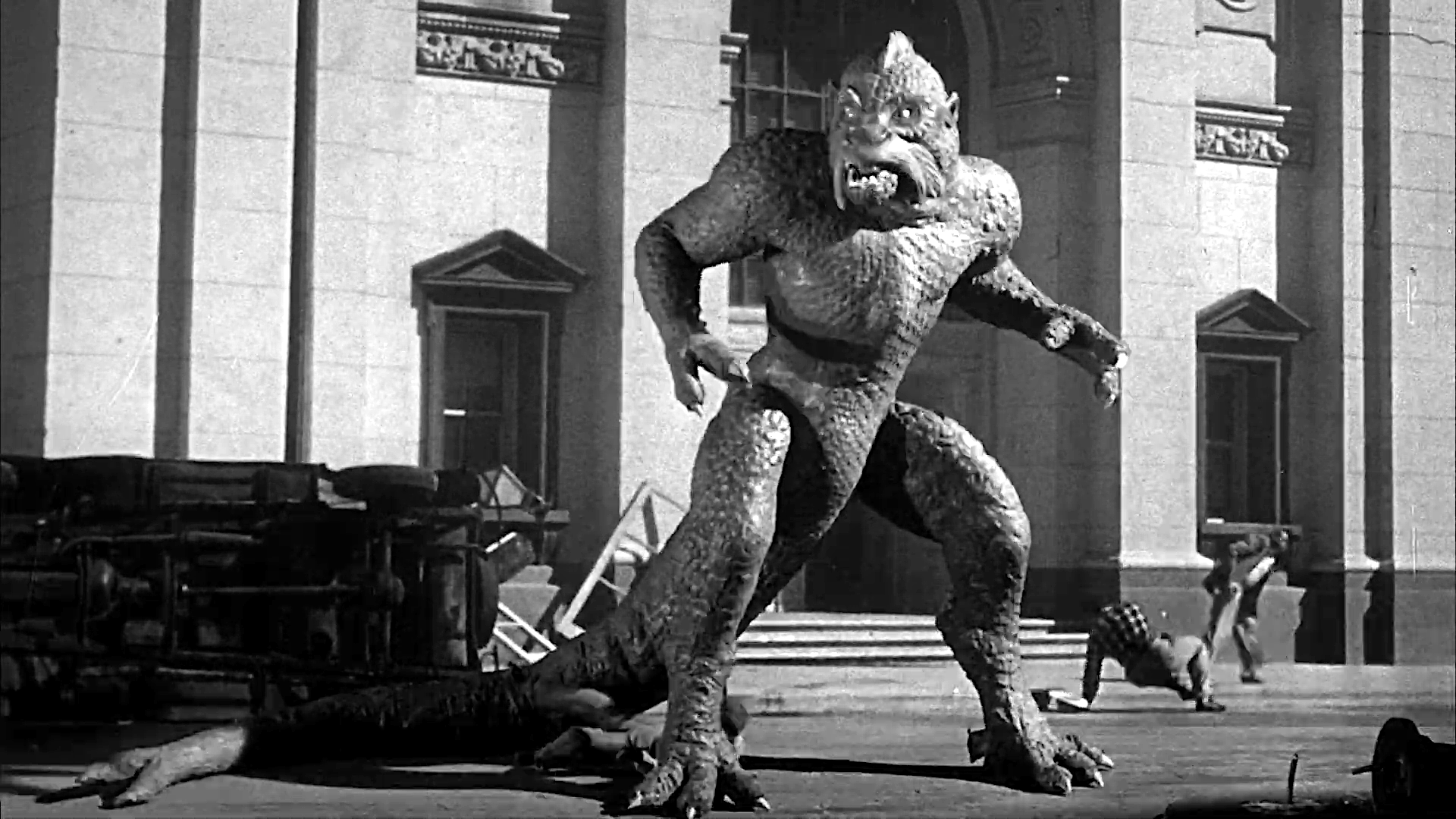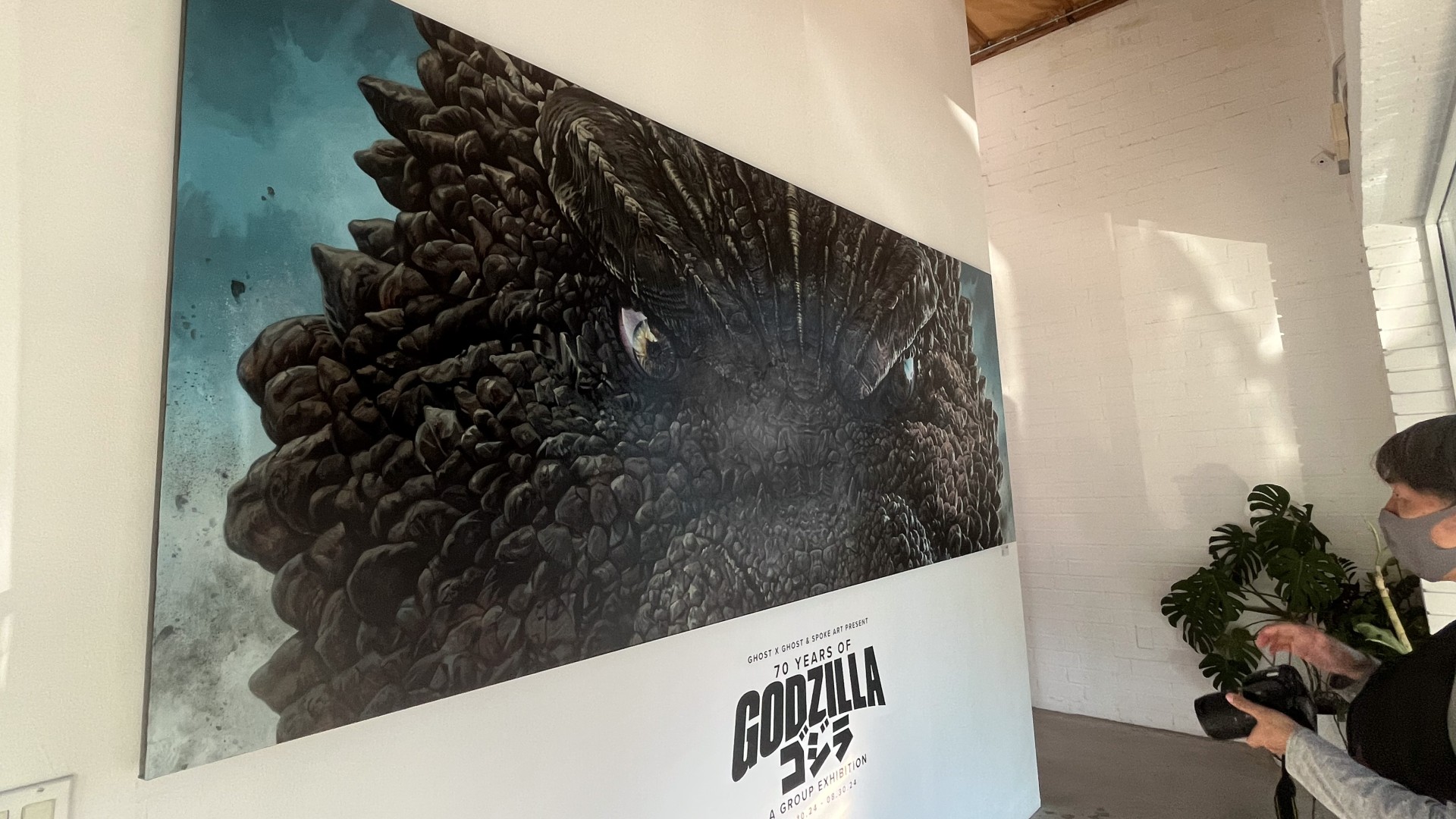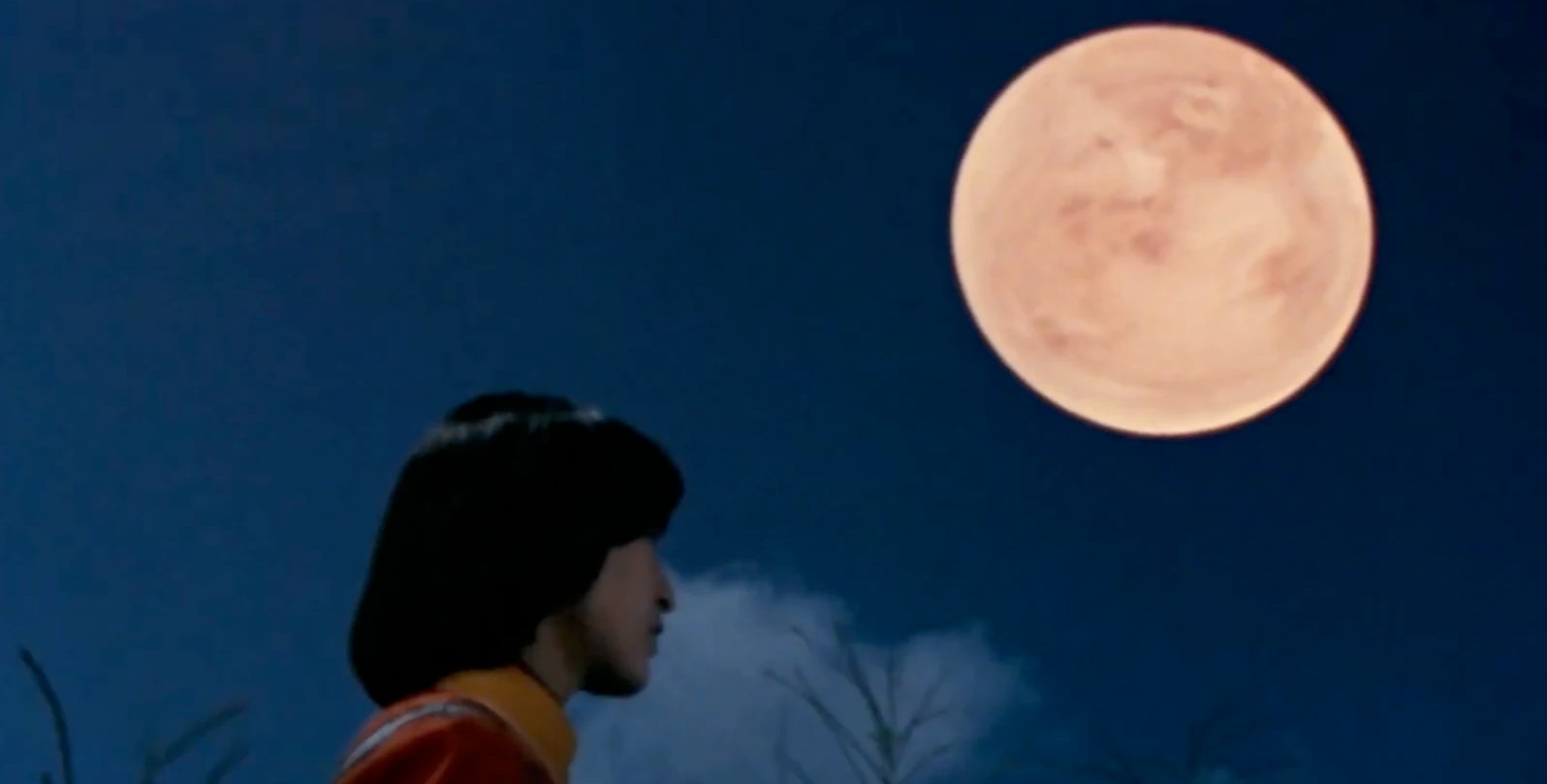“Monsters are tragic beings; they are born too tall, too strong, too heavy, they are not evil by choice. That is their tragedy.”
– Ishiro Honda, director of Godzilla
Today, we remember the special effects stop-motion maestro Ray Harryhausen for his numerous fantasy and dinosaur movies, including The Valley of Gwangi, Clash of the Titans, and Jason & the Argonauts, which have become staples of special effects movie fandom. His creations, such as the Cyclops (Seventh Voyage of Sinbad) and the Kraken (Clash of the Titans), are minor pop culture icons, with a significant staying power in the collective psyche of film lovers everywhere. Most people know that the master’s adoration for special effects began when he first saw King Kong in 1933. So too does many a moviegoer recognise that Harryhausen’s first real work, made alongside Kong animator Willis O’Brien, Mighty Joe Young, is a love-letter to Kong inasmuch as it follows the relationship between beauty and simian beast. However, what is often overlooked in this progression is that Harryhausen would later create a work that is, in many ways, a thematic sibling to both Kong and Mighty Joe, particularly the former. I am, of course, speaking of the 1957 Science Fiction film, 20 Million Miles to Earth.
Directed by genre fixture Nathan Juran (Attack of the 50ft Woman, The Deadly Mantis, First Men on the Moon), 20 Million Miles to Earth follows the discovery of a crashed American spacecraft on the Sicilian seaside. Though all but one of the crew seemed to have perished on their return from the planet Venus, a strange gelatinous egg captured on the planet soon hatches, unleashing a childlike creature that grows exponentially when exposed to Oxygen, becoming a menace to both local farmers and international governments alike. The rest of the film follows the “manhunt” for the monster, dubbed Ymir, as Colonel Robert Calder (William Hopper) strives to destroy the monster he inadvertently brought back to Earth. Featuring stock characters of recognisable 1950s genre cinema, such as brash soldier, lab coat scientist, and “girl”, and a predictable story from minute one, 20 Million Miles to Earth seems hardly a film to rival King Kong.
On the offset, Juran’s film sounds more like the B-movie fare with which he is most commonly associated than King Kong. Featuring the same lackadaisical performances and substandard performances you’d expect from the likes of low-budget drive-in creature features that dominated the sci-fi scene at the time. Even Harryhausen dipped heavily in this pool with both It Came From Beneath the Sea and Earth vs. the Flying Saucers. However, the extraterrestrial monster at the core of the film reveals itself in Kong-like manners as a figure of tragedy and turmoil as wrought by man.
Whereas Kong, as a character, was brought from the ancient lands of Skull Island to the bustling modernity of New York City, so too was “Ymir” taken from his home of Venus to dainty blue Earth. However, the latter’s movie forgoes the action-adventure romp of the former, jettisoning entirely any focus on the actual mission to Venus, instead honing in on the consequences of the journey. In other words, all NYC, no Skull Island. Rather than fighting dinosaurs on a jungle island, Ymir battles an elephant on the streets, and raids a farm in the countryside in search of food – only to be warded off by a pitchfork-wielding farmer and his dog. It’s a creative decision that dials down the fantasy elements present in Kong to instead reorient the focus of the film to be that of a creature already out of its natural element at the beginning of the film, thus rendering it a sympathetic being from the outset.
Kong may be iconic in his own right, but throughout the vast majority of his first film, he is portrayed solely as a monster, a tragic one, yes, but a monster nonetheless. On the other hand, the Ymir is portrayed as a far more layered and sympathetic creature. Harryhausen’s masterful animation provides the monster ample “humanity” via the human-like movements and exemplary expressions. Remember, this creature is a newborn child, hatching early in the runtime and rendered giant through an unwilling metamorphosis via the biological processes undergone when within the Earth’s atmosphere. So too does Ymir display many an animalistic tendency, divorcing it from any notions of being an unthinking monster; he is hungry in its constant chase for food, afraid in its interactions with people, territorial in its iconic city-set duel with an elephant, and feels pain when attacked, as shown through its myriad injuries attained throughout the runtime.
The story also supports this, featuring a tertiary protagonist in Pepe (Bart Braverman), a young Americanophile who discovers the monster. The childlike curiosity shown through Pepe’s interactions with the rest of the cast across the early story makes for an easy comparison to Ymir’s lost infant characterisation. The leached-over position and human-like eyes give the Ymir an almost frightened look about him, as if he’s learning around a corner to glimpse some new human cruelty coming his way.

Like Kong before it, 20 Million Miles to Earth ends with its central monster ascending a cultural landmark, in this case, the Colosseum, before being tragically and finally slain by the military. Through 20 Million Miles to Earth, Ray Harryhausen takes what made King Kong great, the sympathetic monster, themes of exploitation and a focus on the state-of-the-art special effects, and brings it to a contemporary 1950s science fiction landscape. Replace giant monkey with space lizard, Skull Island with Venus, and NYC with Rome, and that’s pretty much 20 Million Miles to Earth. As a companion piece, it works rather well, though it eschews the Beauty and the Beast elements present in Kong’s narratives; it supplants them with a stronger focus on the monster itself, using masterfully expressive effects to bring the strange outcast to life with vivid humanity and advocacy.
As a film unto itself, however, 20 Million Miles to Earth seems all but forgotten, as does its monster, the Ymir, having fallen by the wayside as opposed to its thriving contemporaries in Godzilla and the aforementioned Eighth Wonder. Like Kong before it, and others after it, 20 Million Miles to Earth is a film about mankind overstepping its place in the natural order of the Universe, and subsequently acting in violence when the nature they upset gets angry. It may not have the impact of its contemporaries in either the Kaiju niche or the wider scope of Harryhausen’s illustrious career in film, but it is no less deserving of appraisal and fanfare from audiences and critics alike.





